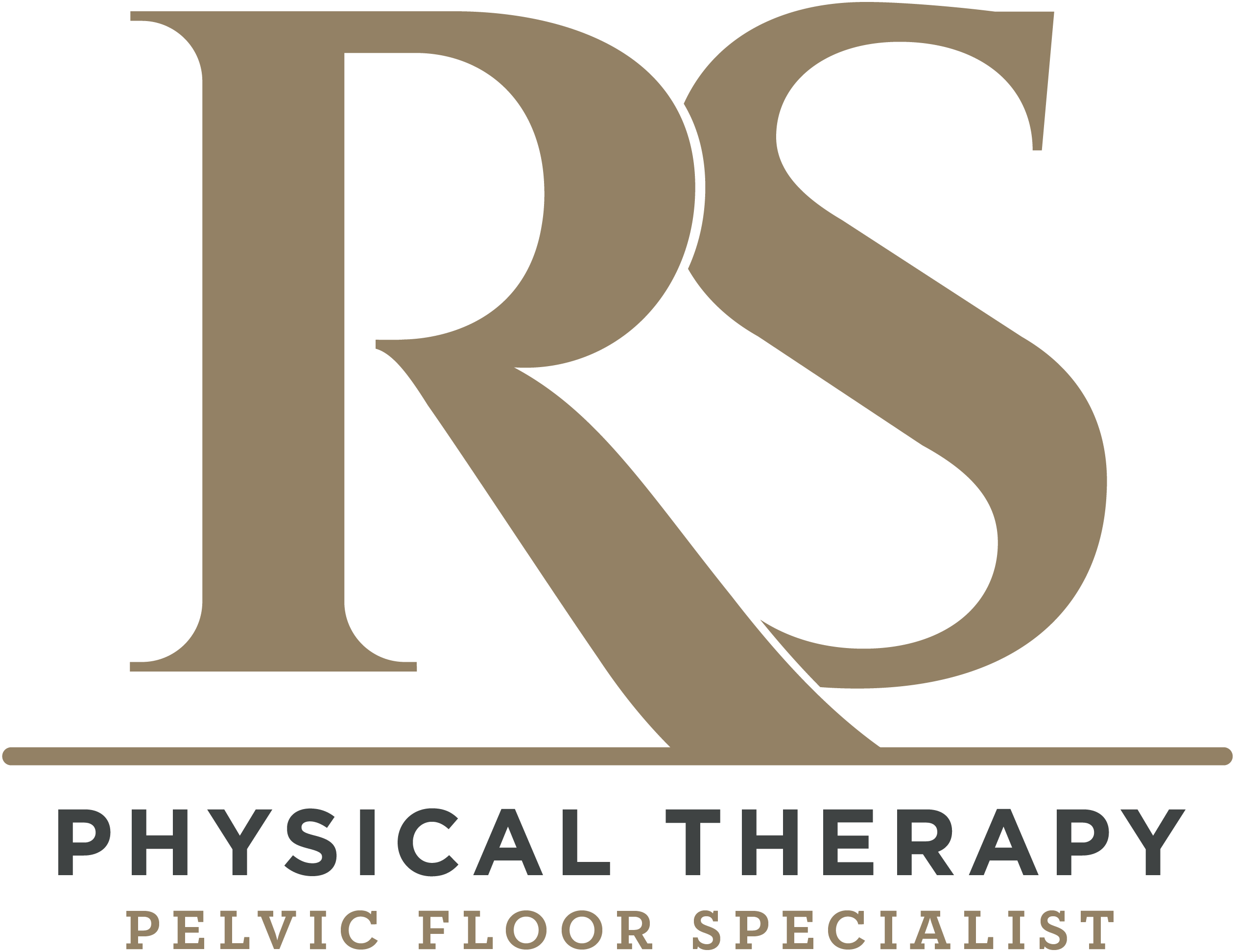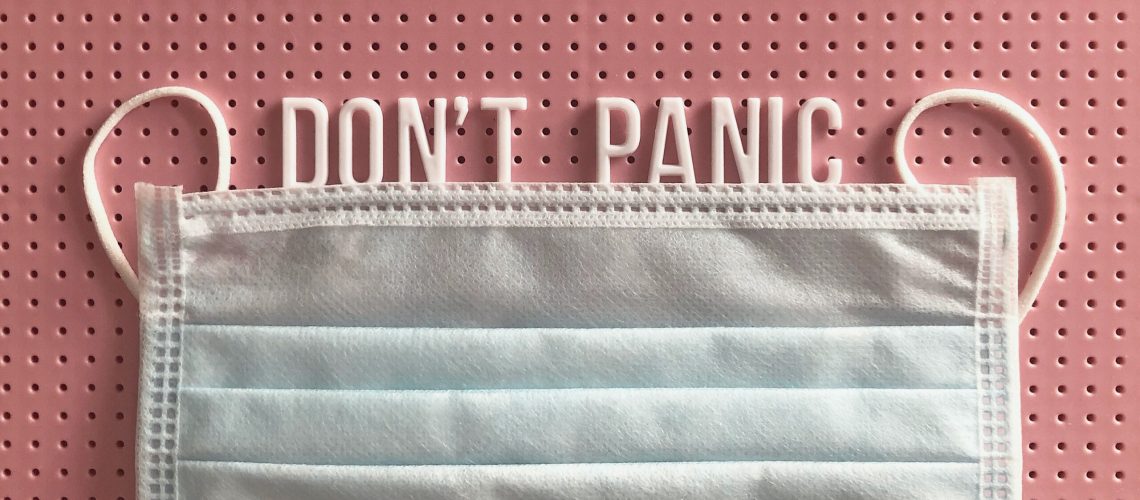It seems like just yesterday that my patients could walk into their scheduled pelvic floor physical therapy appointments without any concerns other than the one they’re seeing me for.
Things are obviously very different today. COVID-19 has impacted nearly everyone, from businesses to communities to individual families. And of course, it has greatly impacted the physical therapy community. Physical therapy is classified as a “critical infrastructure” industry and has been deemed essential, allowing most practices to stay open and operational throughout the pandemic. However, it isn’t business as usual.
As of August 2020, physical therapy business in general had slowed way, way down. It wasn’t just the number of patients that slowed, but also the amount of referrals from physicians. Up to 72% of Physical Therapy business owners experienced a revenue loss of up to 50% at some point during the last year, leading some to have to close their doors.
For practices able to stay open, new safe workplace guidelines were implemented and many turned to telehealth, something not previously common in physical therapy.
New Challenges
Specialties like pelvic floor physical therapy rely on physical interaction with patients for optimum care. While some specialties may have had success with telehealth, I felt I couldn’t properly service my patients through a screen.

Instead, I shut down my business during the early part of the pandemic, when we went into lockdown in the New York area. I wasn’t sure what would happen with my practice, but at the time no one seemed sure about anything, so there wasn’t much I could do other than follow state regulations. I tried to encourage any patients I had to continue with their exercises. But it was unclear to me what lay ahead for in-person physical therapy.
A Way Forward
By June, as temperatures rose and case counts dropped, stay at home orders lifted in New York and people began to venture out again. Demand for appointments for in-person treatment began to rise, and physician referrals started to pick back up as well. Most importantly, patients started to feel more confident in safety measures and began to seek treatment.
As I welcomed patients back into my treatment spaces, I adopted New York Department of Health safety measures for physical therapy during the COVID pandemic. I continue these practices still today. First and foremost, no one seeking pelvic floor treatment is permitted into the building without a mask — and the mask must be worn properly. Upon arrival I administer a temperature check. I wear a KN95 mask and wash my hands before seeing each patient (gloves are worn when the treatment requires a pelvic floor exam or internal treatment). All surfaces and equipment are sanitized before and after each patient. Stand alone air filters are used and windows are cracked open.
By September my practice had not only reached its pre-pandemic patient levels, it had surpassed them. This fall I’ve seen a record number of patients. I believe that this trend will continue well into the foreseeable future, considering the amount of stress the average person is under these days, and considering how many people have chosen to put off treatment to mitigate risk of exposure to COVID.
The Road Ahead
Unfortunately, the challenges are not over yet. While we’ve learned enough about this virus to make physical therapy appointments safe, and while there is a COVID vaccine on the horizon, we are also experiencing a surge in infections. Currently here in Westchester hospitals are filling up with Covid patients and cases on are the rise.
I will be getting the vaccine the first week of 2021, but these practices will remain in effect to keep patients safe as no one yet knows if the vaccine will only keep me from getting a serious case of COVID or if it will also prevent the spread of the virus. And of course, I will continue to monitor the infection rate and do what I believe is best for the health and safety of my patients and myself. May 2021 see us all vaccinated, healthy, and finding some semblance of normalcy back in our lives.



